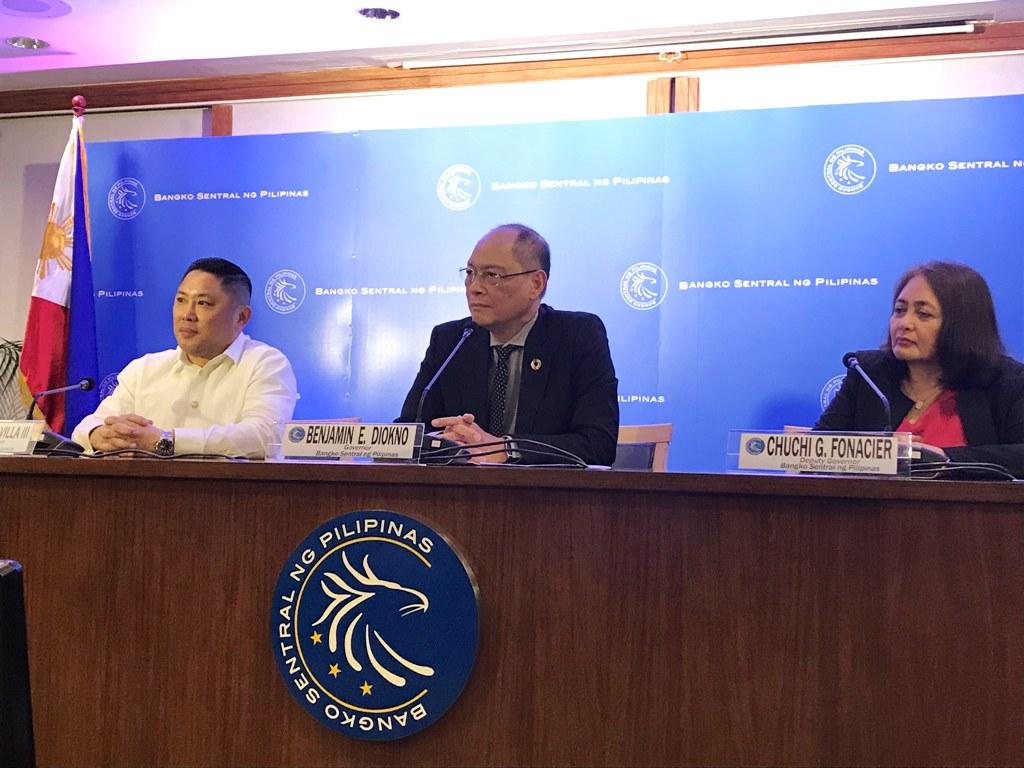Digital payments accounted for 20% of total PHL transactions in 2018 —BCTA-UN study

Digital payments in the country expanded to 20% of total transactions in 2018 in terms of value, results of a study by the Better Than Cash Alliance-United Nations (BTCA-UN) showed.
The Bangko Sentral ng Pilipinas released on Monday the BTCA study summary, noting that digital payments accounted for 10% of the total volume and 20% of the value in 2018.
This compares with 1% in volume and 8% in value terms in 2013.
The latest numbers translate to 470 million to 490 million in monthly digital payment transactions in the Philippines, nearly 20 times the estimated the 25 million in 2013.
“This phenomenal increase is driven by a surge in digital payments made by individuals. This increased significantly to 12%, up from less than 1% in 2013,” according to The State of Digital Payments in the Philippines executive summary.
The BTCA-UN is an alliance of 75 members, with a mission to catalyze global movement from cash to digital payments to help achieve the Sustainable Development Goals.
The central bank now targets 30% of all payments in 2020 in terms of value, from the original target of 20%.
“This development affirms that significant progress is attainable through effective cooperation as we harmonize our efforts towards promoting a cash-lite economy,” Bangko Sentral Governor Benjamin Diokno said in a statement.
“In view of its immense potential to foster financial inclusion, the rising usage of e-payments is seen to provide robust support to our shared goal of promoting inclusive economic growth,” he added.
The numbers are expected to improve in the coming years, with the Government e-Payments (EGovPay) facility and the QRPh, the national standard for quick response codes, now in place.
“With those two additional actions, it will be easily around 30%. The journey to electronic payments will be completed within three years. What will accelerate the process is if the adoption of the QRPh will make the system interoperable,” he told reporters in Manila City.
“These efforts are aimed at bringing the country closer to our ultimate objective of having an inclusive payment system where no adult Filipino is left behind in terms of access to payment and other basic financial services,” said Diokno.
[CAPTION] In photo from left are BSP Managing Director for the Financial Technology Sub-Sector Vicente De Villa III, BSP Governor Benjamin Diokno, BSP Deputy Governor Chuchi Fonacier. —VDS, GMA News




